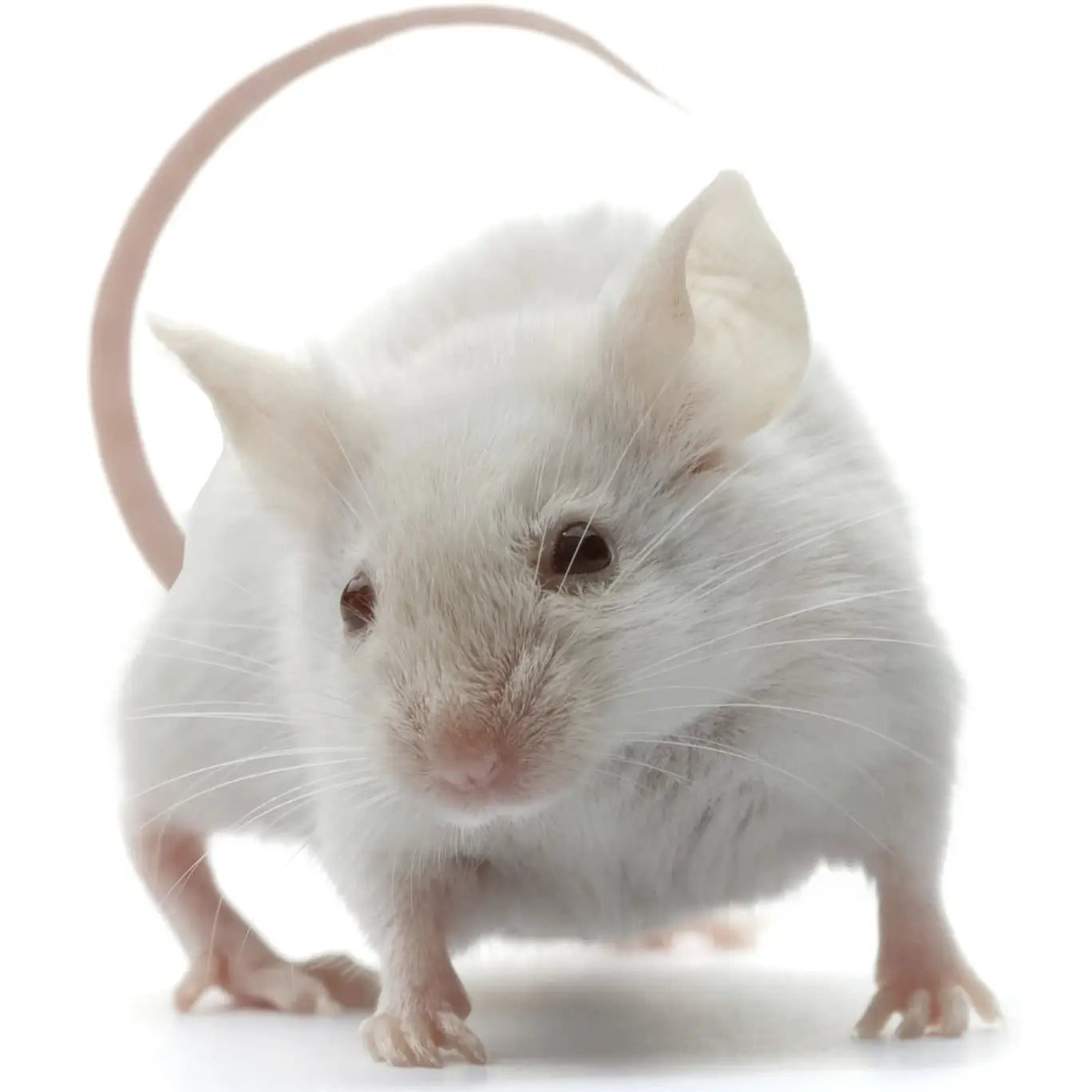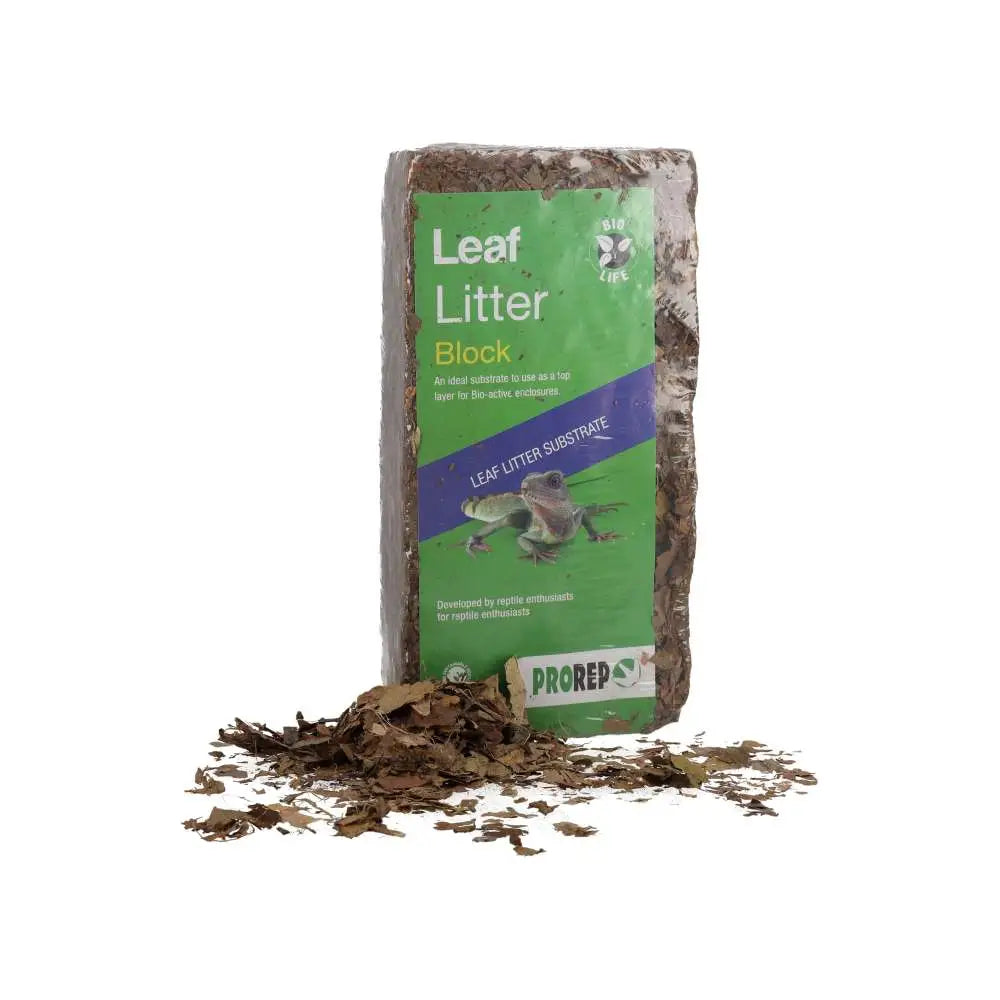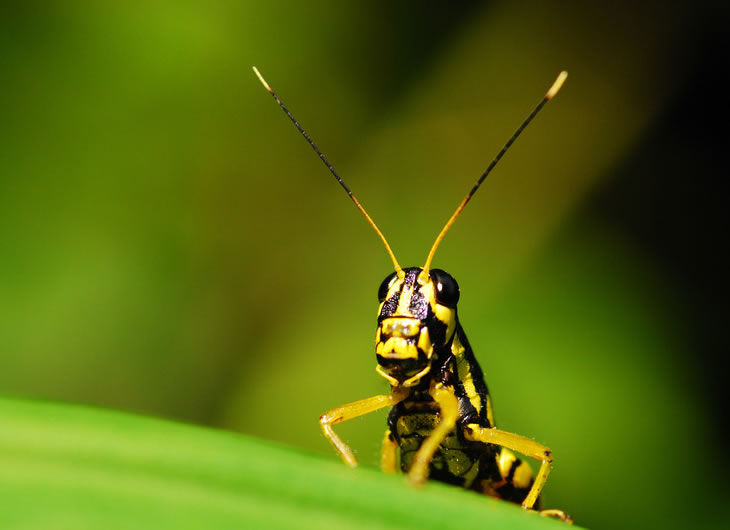Free Delivery
On order over £79*



Crickets: A top-choice staple, packed with nutrition for most reptiles

Locusts: Lively feeders that encourage natural hunting behaviour

Worms & Grubs: Best served as an occasional treat, not a daily diet

Flies: Easy to breed and ideal for smaller insect-eating reptiles

Exotic pets, such as bearded dragons, leopard geckos, and many reptiles, require a varied diet that includes live reptile food to thrive. Feeder insects, like crickets, mealworms, and earthworms, are an excellent addition to their diet, providing essential nutrients and promoting healthy growth.
At Reptile Centre, we provide a wide range of reptile livefood to ensure your pets receive a diverse and nutritious diet that will help them stay healthy and active, mimicking their natural feeding habits in the wild.
Livefood can help promote healthy growth, improve digestion, and boost the immune system of your reptile, as well as help reduce stress and improve their mood, leading to a longer and healthier life. Many reptiles, amphibians, and invertebrates benefit from a diet rich in live insects. We have implemented the Livefood Freshness Guarantee so you can have peace of mind, knowing you’re feeding your pet fresh, quality livefood.
Crickets are nutritionally the best staple diet for many reptiles. You can keep them alive for longer and ensure they're full of flavour when it’s time to feed your pet.
Cricket can be housed in plastic enclosures such as a cricket keeper. This will give them the space and ventilation they need to live. . They enjoy hiding, so the dark tubes that come with the cricket keepers will invite them to climb in. You can also use cardboard tubes or egg crates to house crickets. Avoid adding decor or substrate, as it can get in the way of easy cleaning and maintenance.
It's important to feed your crickets for two reasons:
Crickets should be fed a mixture of fresh vegetation and commercially available cricket foods. Cricket foods, such as Bug Grub, are loaded with vitamins and minerals that will be passed on to your pet. Always make sure food is available in their enclosure.
Crickets will die of dehydration before starvation. Offering them a source of water is crucial to keeping them alive. They will drown in a water bowl so a Bug Gel is a great alternative. Crickets will drink from the gel with no risk of drowning. A small blob of gel in a bottle cap is sufficient.
Check daily to make sure your crickets have enough food and water gel available. Once you have used all of your crickets, clean out the enclosure using a disinfectant and give yourself a pat on the back for being a great reptile keeper!
Lightly dust the crickets in a vitamin and mineral supplement like Nutrobal. Offer as many crickets as your reptile will eat in one sitting. If you are unsure about the ideal size the crickets should be or have any concerns about the feeding process, we are happy to offer whatever advice you need.
Locusts are active insects and reptiles love them! They are not as nutritious as crickets but by caring for them properly, you can make sure your pet gets the most out of a delicious treat.
Locusts can be housed in the same plastic enclosures as crickets, which will provide the space and ventilation they require to grow.. If you want the locusts to reach a very large size and develop wings, then a larger enclosure may be needed.
Like crickets, locusts also like to hide, and the dark tubes of the cricket keepers will be enticing to them. Again you can use household recyclable materials like cardboard tubes or egg crates as an alternative. No additional decor or substrate is required for locusts.
It's important to feed your locusts for two reasons:
Locusts should be fed a mixture of fresh vegetation and commercially available cricket foods. Cricket foods, such as Bug Grub, are loaded with vitamins and minerals that will be passed on to your pet. Always make sure food is available in their enclosure as locusts do eat a lot.
It is more likely for locusts to die of dehydration than starvation. Providing a source of water is crucial to keeping them alive. Locusts can drown in a water bowl so a Bug Gel is a great alternative. Locusts can drink from the gel without risk of drowning. A small blob of gel in a bottle cap is sufficient.
Check your locusts’ food and water gel reserves daily. When you have used all of your locusts, clean out the enclosure using a disinfectant and be proud of yourself for being an excellent reptile keeper.
Lightly dust the locusts in a vitamin and mineral supplement like Nutrabal. Offer as many to your reptile as they’re eager to ingest in one sitting. Our helpful team is always happy to advise on preferable locust sizes and with any other feeding concerns.
Worms and grubs should be used as a treat food for your reptiles and not as a staple diet. Because of this, it may be necessary to care for them for longer as you won’t be using so many at a time.
Wax Worms require no additional care. They can be kept in the fridge in their original container and will stay fresh for weeks.
Worms and Beetle Grubs should be housed in a plastic tray or a plastic tank. They are burrowing animals so a deep layer of substrate should be used. We have found that Spider Life substrate is great for this job. Provide them with a layer around 10cm deep. Keep the substrate moist but not wet. For food, you can mix some Bug Grub into the substrate.
Meal worms should be housed in a plastic tray or a plastic tank. Like most worms, they burrow into the substrate, but they do not like to be kept damp. They will eat their substrate so we recommend mixing in Bug Grub as this will also gut load the mealworms. They will require a moisture source so provide chunks of vegetables and remove them as they start to decay.
Flies are naturally short-lived animals that play a crucial role in breaking down organic waste and maintaining a clean environment.They are fruit flies, so keep them in their original container with small cubes of fruit. They will lay their eggs in the fruit for the next generation.
To boost your reptile’s nutrition, gut loading livefood like locusts, crickets, worms, and grubs is essential. This involves feeding the insects a nutritious diet 24 - 48 hours before offering them to your pet.
Use the same vegetables suitable for your reptile, such as:
Wash all vegetables thoroughly and chop it into small, manageable pieces. Place it in the insect enclosure with a small lid or shallow dish to keep it clean and dry. Remove any uneaten food after 24 hours to prevent spoilage or mould.
We have a live arrival guarantee with fast delivery, so ordering our livefood means your pet will get all the nutrients and protein needed in record time for a happy and healthy reptile! Shop Reptile Centre’s full range of live reptile food for quality selections and properly care for live food to ensure your pet is getting the best out of their meals.
Crickets thrive on a varied diet of bug grub, bran, and fresh veg – ideal for maintaining quality feeder insects for many reptiles and amphibians.
Locusts typically live 8–10 weeks (from hatching to full grown), depending on temperature and humidity and are a solid choice for reliable reptile livefood in the UK.
Silent brown crickets and black crickets usually live 6–8 weeks (from hatching to full grown), making them easy-to-manage live food that suits a wide range of exotic pets.
Bearded dragons can eat a range of livefood including crickets, locusts, mealworms and more.
A young leopard gecko may eat 3–5 locusts per feed, while adults can manage more. Always adjust by age, size, and appetite of your pet.
Sign up to the Reptile Centre newsletter so you don't miss out on all the latest offers and guides to give your pet the best they deserve

